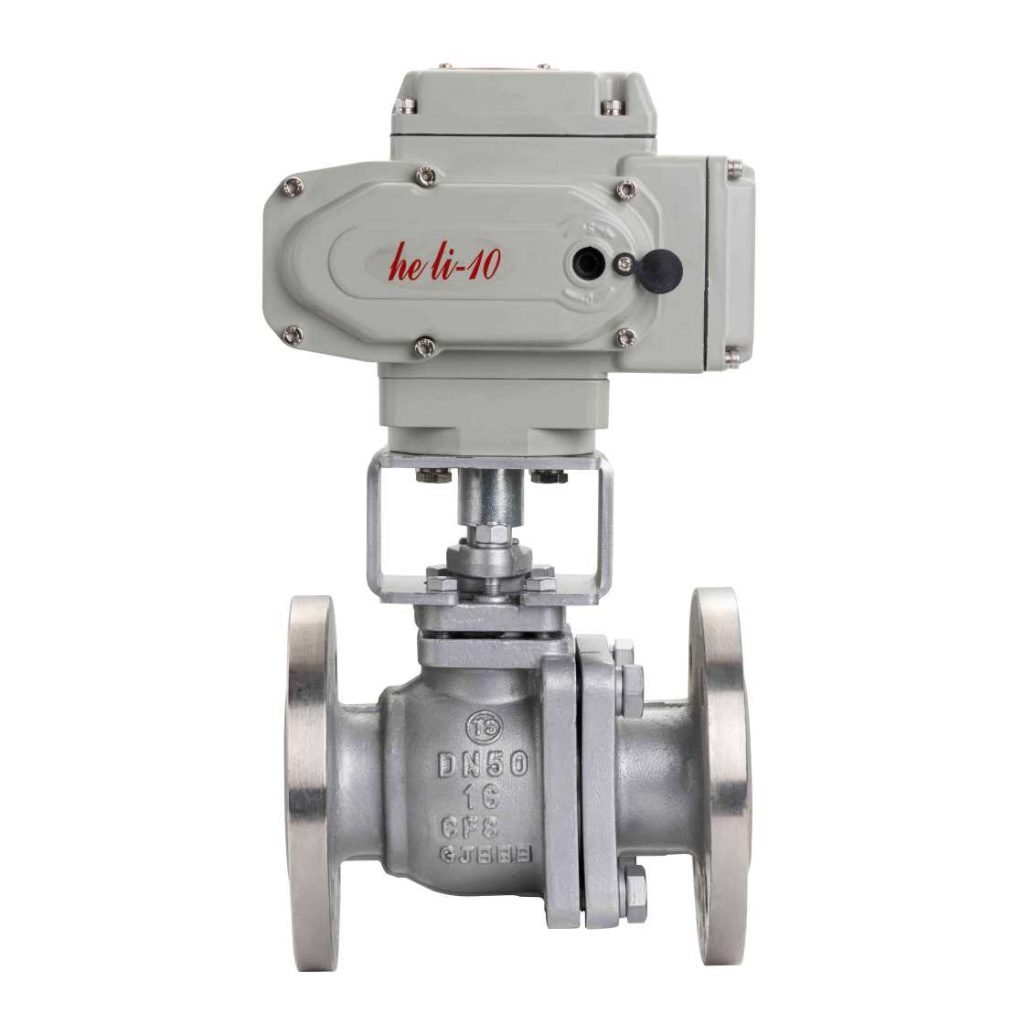Electric flange ball valves are essential components in various industrial applications, known for their reliability and efficiency in controlling fluid flow. This article delves into their design, functionality, advantages, and applications, providing a comprehensive overview for engineers and procurement specialists.

Design and Functionality

Electric flange ball valves consist of a spherical disc (the ball) that controls flow through a pipe. The ball has a hole through its center, allowing fluid to pass when aligned with the flow direction. When the valve is closed, the ball rotates to block the flow. The “electric” component refers to the valve’s actuator, which utilizes electric power to automate the opening and closing processes. Flanged ends make installation straightforward, ensuring a tight seal between the valve and piping system. Commonly made from durable materials such as stainless steel, these valves are designed to withstand high pressures and temperatures, making them suitable for various industrial settings.

Leave a Reply